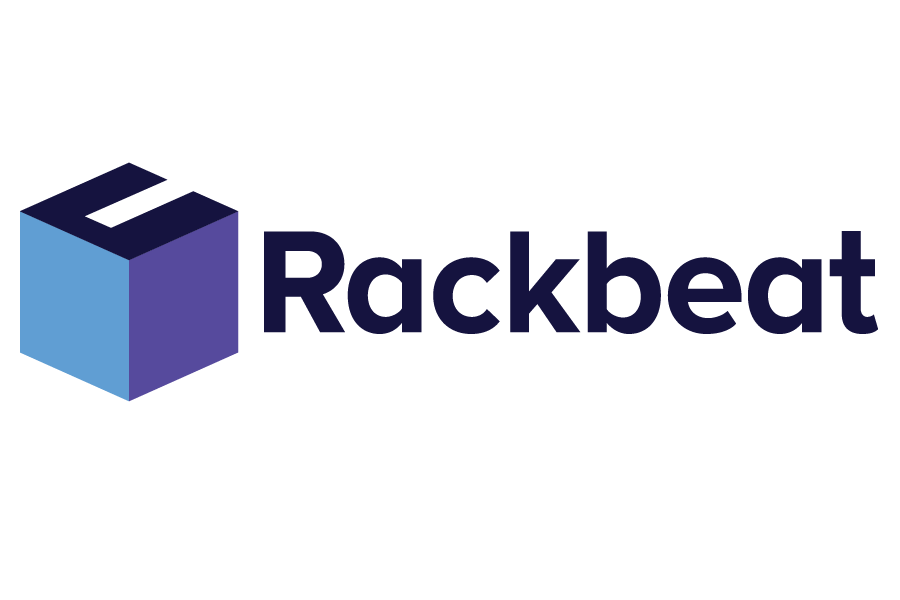Waste
Waste refers to all forms of resources that do not contribute to value creation for the customer and thus represent unnecessary costs for the company. Within production and supply chain contexts, waste can manifest in many ways, including overproduction, waiting, unnecessary transport, excess inventory, production errors, and unused employee skills. The identification and elimination of waste are crucial for optimizing productivity, reducing costs, and improving customer satisfaction.
Rackbeat January 12, 2024
Types of Waste
Overproduction: Producing more than what is necessary, leading to excess inventory.
Excess Inventory: Holding more materials, parts, or products in stock than necessary, which ties up capital in inventory and increases the risk of obsolescence.
Waiting: Time when resources (people or machines) are inactive while waiting for the next step in the production phase.
Unnecessary Transport: Unnecessary movements of materials or products that do not add value.
Over-processing: Doing more to a product than what the customer requires or is willing to pay for.
Production Errors: Products that do not meet quality requirements and require rework or disposal.
Strategies for Waste Reduction
- Lean Production: Implementation of lean principles to continuously identify and eliminate waste in all processes.
- Process Optimization: Application of tools such as process mapping and value stream analysis to identify inefficient or costly elements in operations.
- Continuous Improvement: Promoting a culture of continuous improvement (Kaizen) where all employees contribute to identifying and reducing waste.
- Quality Management: Implementation of systems like Total Quality Management (TQM) and Six Sigma to reduce errors and improve quality.
How Rackbeat Helps Reduce Waste in Production
Rackbeat can play a significant role in reducing waste within inventory management and production by offering features that:
- Optimize Inventory Levels: Ensures that inventory levels align with actual demand, reducing the risk of overproduction and excess inventories.
- Automate Order Processing: Minimizes waiting time and improves efficiency through automation of order processing workflows.
- Supports Quality Control: Allows for taking pictures of goods and quality assurance upon receipt of raw materials.
By leveraging Rackbeat’s features, companies can effectively identify and address sources of waste in their operations, leading to improved processes, lower costs, and more sustainable operations.



